
Use 1 food to gain 1 fish (harbor).

Use 1 fish to gain 1 ore (harbor).

Use 2 fish to gain 1 cacao (harbor).

Use 1 fish to gain 1 ore, 1 stone, or 1 wood (harbor).

Use 1 fish to gain 1 wool or 1 cacao. (harbor).

Spend 2 coins to gain 1 cacao (market).

Spend 1 coin to gain 1 alpaca or 1 stone (market).

Spend 1 coin to gain 1 fish or 1 wood (market).

Spend 1 coin to gain 1 stone or 1 wood (market).

Spend 2 coins to gain 1 wool or 1 ore (market).

Spend 3 coins to gain 1 silver or 1 glass (market).

Use 2 food to gain 1 cacao (forest).
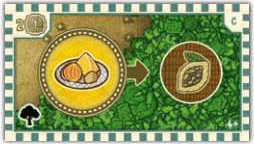
Use 1 food to gain 1 cacao (forest).

Use 1 food to gain 1 wood (forest).
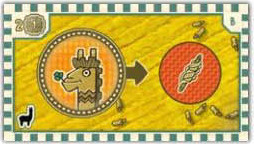
Use 1 alpaca to gain 1 wool (farm).
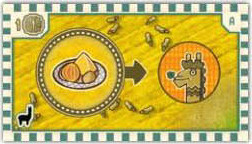
Use 1 food to gain 1 ore (mine).
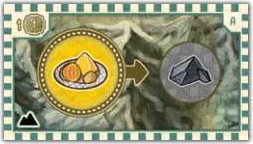
Use 1 food to gain 1 alpaca (farm).
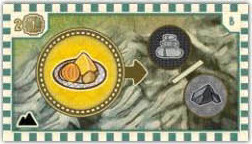
Use 1 food to gain 1 stone or 1 ore (mine).
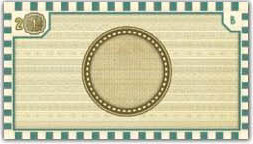
During the planning phase, place any 1 tile here. You can use it later to carry out any action on your action board (i.e., not on your role tile or extensions).
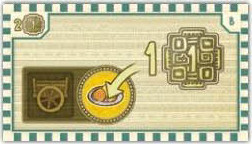
During the planning phase, you may place 1 coin (instead of 1 food) on movement action spaces. If you use that movement, spend the coin.
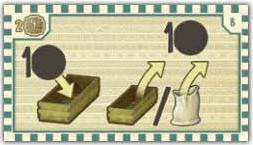
At the end of the drawing phase, move any 1 tile from your planning spaces to your container. Then, either draw 1 tile from your bag or choose 1 tile from your container. Put that tile on the unoccupied planning space.
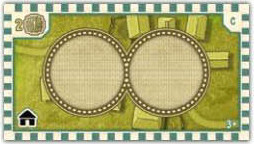
These count as 2 additional action spaces for you at the village.
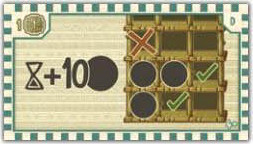
Just before final scoring, draw up to 10 goods from your bag ( empty your container, if necessary). You may store these goods immediately - however, you may not start any new rows in the warehouse, but only add these goods to existing rows.
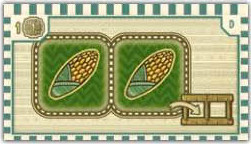
You may place up to 2 corn into temporary storage here, as you gain them. Later on, you can, as an action, move 1 or 2 corn from here to your warehouse.
Continue Reading

